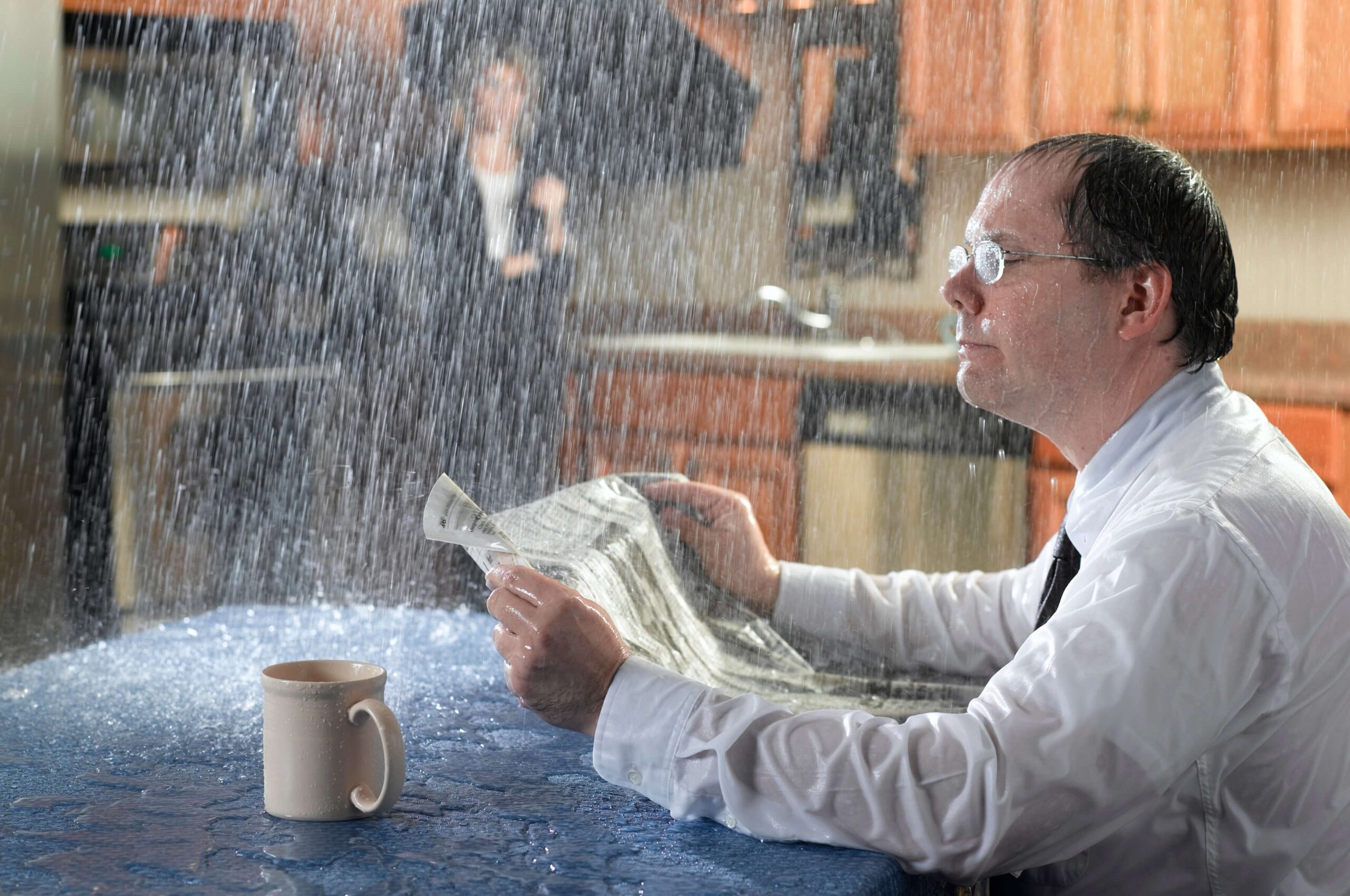Ball Valve
A ball valve is the most common type of valve used for water shut-offs. It features a lever handle and opens and closes with a quarter turn of the handle. The body of the valve is located below the lever and has a ball-shaped appearance. Inside, the ball has a hole through the center, which aligns with the direction of the water pipe to allow water flow when open. To stop the flow, the ball rotates 90 degrees to block the hole when the handle closes.
Gate Valve
Gate valves are rarely found in home plumbing systems but are sometimes used to control the main water pipe. Inside the valve, water flow is controlled by a metal gate that rises or falls, depending on the direction in which the handle is turned.
Globe Valve
Globe valves are often used for plumbing lines with a shut-off and in situations when the water flow needs variable control. Inside the valve, the water flow port on a baffle and a plunger attached to the handle work together to adjust water flow as the handle is moved.
Angled Fixture Shut-Off Valve
The most common type of shut-off valve attached to individual fixtures, the angled valve is usually small and silver-colored with an oval handle. This valve is used to impede water flow during small repairs or when replacing the fixture.
Common Locations For A Water Shut-Off Valve
Every home or apartment has a shut-off valve for the water supply, though the location usually varies. If you aren’t sure where your shut-off valve is located, check these areas first.
Main Water Shut-Off Valve
Shut-off valves are nearly always located near the perimeter of a home and on the ground floor. The valve is usually found at the end of the water line, which runs directly to the water main. If accessible, the home’s inspection report will have the valve’s location.
Another option is turning off the main water valve outside the home. This is typically found in a concrete or plastic box buried near the street. Remove the lid and use your hands or a tool to turn the valve off.
Fixture Shut-Off Valve
For the majority of fixture shut-off valves, water flow can be stopped by gently turning the handle clockwise.
- Toilet: Look for a small valve on the wall the toilet sits against, usually beneath the bowl.
- Sink: The shut-off valve is usually found under the sink in the cabinet.
- Washing Machine: There are usually two valves behind washing machines, though some also have a lever. To turn off the lever, move it to the opposite direction.
- Water Heaters: All water heaters are required to have a shut-off valve attached to the cold water supply line. Some units also have a shut-off valve on the hot water line.
What To Do For A Water Leak Or Burst Pipe
A water leak or burst pipe can cause significant damage to an apartment or home in a short amount of time. Here are three steps to help you handle the situation.
Stop The Water Flow
Whether it’s a small leak or full-blown pipe burst, the first thing to do is shut off the water supply. Turn off the individual fixtures or the water main, depending on the severity of the situation. Make sure the hot water heater and its water supply line is also turned off. After the water is off, begin draining the pipes by:
- Running cold water from every faucet;
- Flushing each toilet at least once; then
- Running hot water from every faucet once the water heater is turned off.
Find The Source & Inspect The Damage
Once excess water is drained from the pipes, it’s time to start looking for the source of the burst or leak. Usually, the largest amount of dispelled water is near the source. Remove affected furniture and personal items from the area and make note of the damage.
Call A Qualified Plumber In Gainesville
The last step is to call a qualified plumber in Gainesville with Quality Plumbing of Gainesville Inc. They will isolate the source of the burst or leak, make necessary repairs, and provide information on how to prevent the situation in the future.
Plumbing Repairs In Gainesville, FL
Knowing where the water shut-off valve is during a plumbing emergency goes a long way in gaining the upper hand of the situation. Then, to return your home and plumbing system to normal, call Quality Plumbing of Gainesville Inc. for professional plumbing repairs in Gainesville, FL. Our team of skilled Gainesville plumbers quickly find the cause of the issue and make only necessary repairs. For any plumbing need, any time of day, call Quality Plumbing of Gainesville Inc.!
